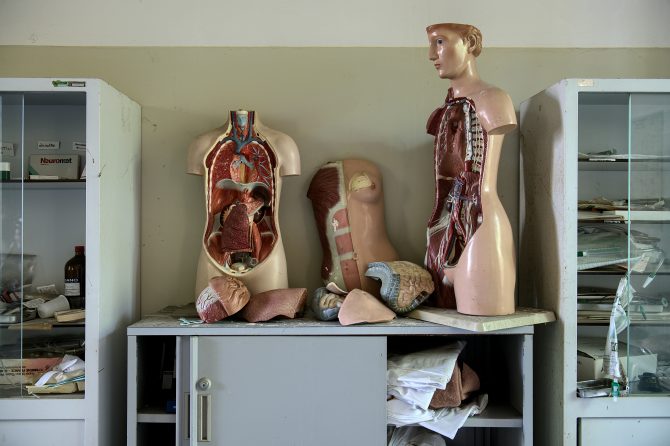
Max Littman, LCSW
July 21, 2025
Self energy is always within us. However, our access to it—and how we experience it—is not purely a matter of mindset or intention. It’s also a matter of the body.
Susan McConnell, developer of Somatic IFS, distinguishes between Self energy that is present and Self energy that is embodied. While the former may guide our insights, words, or choices from the background, the latter flows through our nervous system, breath, and tissues. It is felt. Lived. Expressed in gesture, posture, tone, and timing.
In her book Somatic Internal Family Systems Therapy: Awareness, Breath, Resonance, Movement, and Touch in Practice—as well as in her trainings—McConnell suggests that embodied Self energy allows for deeper, more lasting healing. While we can be Self-led in thought or intention, the potential for transformation expands when Self energy is physically felt and expressed through the body.
This distinction helps illuminate something many of us sense but can’t always name: it’s possible to sound like we’re speaking from Self, to intend to be Self-led, or even to feel quite spacious, attuned, or wise cognitively, and yet still be disconnected from the full experience of Self. Especially for those of us with histories of trauma, intellectualization, or spiritual bypassing, this pattern can be both subtle and habitual.
What Is Meant by Embodied and Embodied Self Energy?
To be embodied means to be present in and with the body—to inhabit it with awareness, receptivity, and a sense of connection. It doesn’t mean being perfectly still or calm, nor does it require any particular posture or practice. Embodiment is simply the felt experience of living in the body with openness to sensation, breath, movement, resonance with others, and emotional truth.
Embodied Self energy is when that bodily presence is infused with qualities of Self— such as curiosity, compassion, clarity, calm, confidence, courage, creativity, and connectedness. It’s when Self is not just a guiding principle or an internal witness, but an energy that flows through the physical body: grounded, responsive, and relational.
This combination can be powerful—both in therapy and in daily life.
When we have access to embodied Self energy:
- Our nervous system settles. The body registers safety, which allows protectors to soften and exiles to feel accompanied.
- We attune more naturally. We become better able to sense what’s happening in ourselves and others—not just cognitively, but energetically and emotionally.
- We move with more presence. Even mundane moments—eating, walking, holding a boundary, brushing our teeth—can feel more real, more connected, more alive.
- We interrupt automatic patterns. Rather than defaulting to familiar reactions, we have a wider window of choice and response.
- We listen differently. In therapy or relationships, we don’t just hear words; we feel the resonance beneath them.
- We trust our internal system more. Because we’re physically present for it, we can respond to parts from within rather than hovering above.
Embodied Self energy doesn’t require us to be in some kind of mystical flow state. It can look quiet, awkward, subtle, or clunky. What matters is that we’re with ourselves—in a way our system can feel. That’s often what makes all the difference.
When Self Energy Is Present but Not Embodied
When Self energy is available in our system but not fully embodied, a few things can happen:
- We may speak from Self-like parts without realizing it.
- Our words of care may not land for our parts (or for others) because they’re not resonant in the body.
- Protectors may not fully trust or recognize Self energy unless it shows up through physical presence, facial expression, or somatic congruence.
- Insight may be accessible, but integration feels elusive.
- Healing may stall or stay on a conceptual level.
And yet, disembodied Self energy can still carry meaningful value:
- It can offer clarity, insight, and perspective that begins the process of unblending—even if the body isn’t ready to come along just yet.
- It can provide a calm, steady witness to intense internal experiences, helping parts feel less alone or overwhelmed.
- It can be the first safe doorway to accessing Self in systems where the body is still a tender or unsafe place to inhabit.
- It can help guide gentle, respectful contact with protectors who are wary of somatic work or embodiment practices.
In IFS, we often say that parts “know” when Self is present—not just by what is said, but by how it feels. For many parts, especially younger ones or those shaped by attachment wounds, the body’s presence is the only trustworthy signal. Words alone aren’t enough.
Self Energy Exists on a Spectrum of Embodiment
Self energy doesn’t just switch on or off—it’s often experienced on a spectrum between embodied and disembodied. At times, Self energy might be most accessible through insight, witnessing, or intention. At others, it might feel like a full-body hum of presence. Often, we move fluidly along this spectrum without even noticing. But becoming aware of where we are—whether hovering gently above or rooted deeply within—can help us understand why certain moments feel more connected, impactful, or integrated than others. It can also help us meet ourselves with more grace when embodiment feels far away.
This noticing is an invitation: not to push toward one end of the spectrum, but to be in relationship with where we are and why. As you reflect on this, you might check whether any parts of you are striving to be more embodied, or placing value or meaning on being at a particular point on the spectrum—and if so, see if you can get into an attuned, receptive relationship with them.
When I Notice I’m Disembodied
Disembodiment happens for me in all sorts of ways—subtle and obvious, fleeting and prolonged. Sometimes it’s during meditation, when I catch myself sitting still but my attention has floated far from sensation, breath, or presence. I’ll notice a blankness or blurred, unfocused vision, or that my chest is unreachable. In those moments, I try not to force my way back “into” my body. Instead, I ask: What’s keeping me out? Usually a part steps forward—worried I’ll feel something too intense, or unsure of what embodiment even means in that moment.
Other times, it’s in the small moments of daily life. I’ll realize I’ve been moving through tasks—writing, cleaning, walking the dog—with a kind of functional numbness. It’s not a problem in and of itself, but when I catch it, I’ll redirect my attention inward, Is anyone here not wanting me to feel right now? Often that simple shifting of energy creates more space and connection inside.
And sometimes, disembodiment shows up in my role as a therapist. I might be attuned and connected intellectually, even saying things that land well, but I feel a sense that my awareness is hovering slightly above the session instead of in it. When I notice that, I’ll often shift slightly in my seat, let my breath deepen, or lower my gaze for a few seconds—while silently checking in inside: Who is here right now? What are you trying to tell me? Would you be willing to be alongside me in this session rather than out front?
I don’t see these moments as failures or breaches of Self energy. I see them as data points. Invitations. Trailheads. Noticing disconnection is itself a form of reconnection. And responding gently to that noticing is one way I build trust with the parts of me that still find embodiment unsafe or unfamiliar.
Sometimes, when I notice I’m disembodied, I don’t try to change it right away. Instead, I let it happen and express trust that my protectors are doing this for a very good reason. That simple gesture of respect often opens up just a bit more spaciousness—and with it, a little more access to embodied Self energy. The parts don’t necessarily go away, but they do soften in a way where we can collaborate and be present together with what and who is here.
The Word Embodiment Itself Can Activate Protectors
The word embodiment can stir up all kinds of reactions. Some parts hear the word and brace. Others roll their eyes. Still others feel frozen or confused. In therapeutic and healing spaces, “embodiment” can carry implicit expectations or pressures that activate a range of parts:
- Elitist protectors may weaponize the idea of embodiment as a marker of depth or superiority—“real healing happens in the body,” they might assert, with a subtle tone of exclusion.
- Intellectual protectors may bristle at the idea that something outside of thought is more valid or truthful—“What’s wrong with insight? That’s still real,” they might argue.
- Confused protectors may panic, unsure of what embodiment even means. (“Is it meditation? Breathing? Am I doing it wrong?”)
- Perfectionist protectors may interpret embodiment as yet another standard to meet—“You’re not healing fast enough because you’re not in your body enough.”
- Ashamed exiles may feel exposed—“If I check out from my body, I must be doing something wrong. I must be broken.”
These responses are not obstacles to embodiment; they are entry points and reactions to be respected. Each protector who reacts to the concept of embodiment has its own history, reasons, and fears. And each one deserves to be met with the very thing we’re trying to embody: Self energy.
In other words, we can’t force embodiment. But we can attune to what is layered above it.
Embodiment as Relationship
McConnell offers five practices for accessing embodied Self energy: Awareness, Breath, Resonance, Movement, and Touch. These aren’t goals or techniques to master. They’re portals to relationship—both with the body, and with the parts who fear or guard it.
Rather than striving to be “more embodied,” we can ask:
- Which parts of me don’t want me to be in my body? Which parts of me do want me to be in my body?
- What are they afraid would happen if I were in my body? What are they afraid would happen if I weren’t in my body?
- What do they need from me in order to feel safe enough for me to settle into my physical being? What do they need from me in order to respect being disembodied?
Each of the five practices can be used to connect and ask these questions. The journey into embodied Self energy is not a goal to be accomplished. It’s an ongoing relationship—one that unfolds moment to moment, part by part.
Noticing the Spectrum of Embodied Self Energy
Embodied Self energy is not better than disembodied Self energy; it’s simply more felt. It allows the healing presence of Self to reach places that words and thoughts can’t. But getting there isn’t about pushing, performing, or perfecting. It’s about becoming curious about what makes our bodies feel unsafe or unavailable, and gently building trust—within ourselves, and with the parts who’ve had very good reasons to leave the body behind. Trust comes with respecting the wisdom in both sides of the spectrum.
For feedback and comments, I can be reached at max@maxlittman.com.
I provide private practice mentorship, consultation, and therapist/practitioner part intensives.
